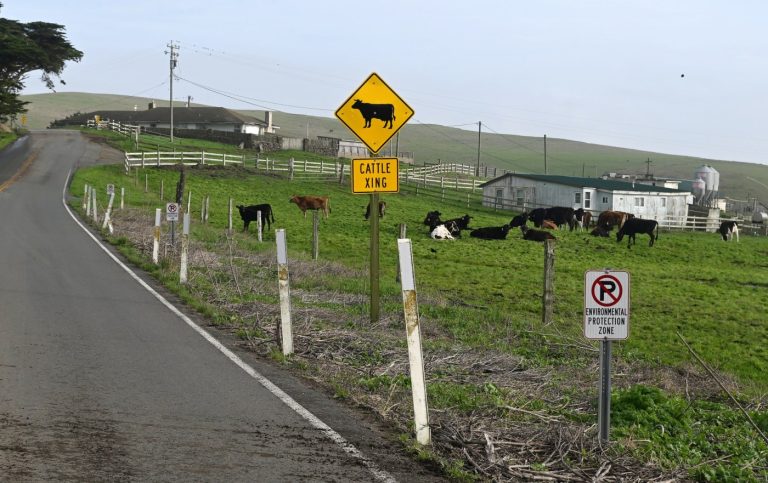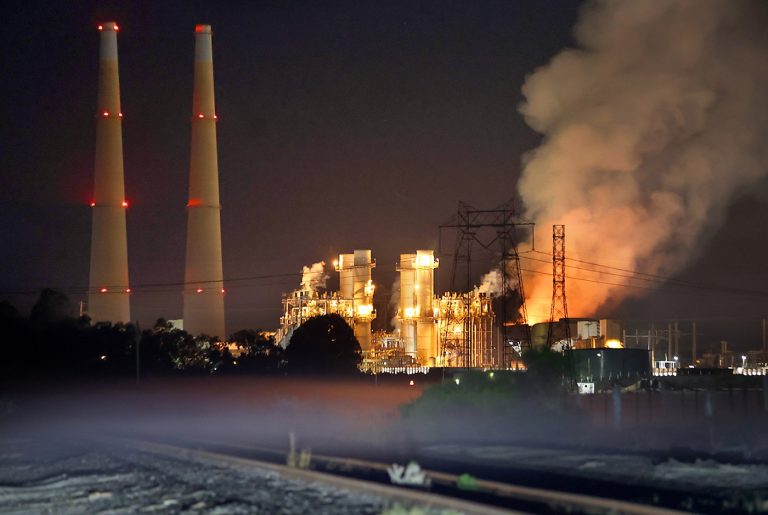For years, one word was all pretty much all Californians heard from political leaders about solving the state’s housing problem: Density. Now it’s time to ask how that’s working out. Answer: not so well.
Related Articles
Elias: Budget too tight this year for cash reparations to Black Californians
Elias: California tenants surprisingly faring best in the pricey Bay Area
Elias: California voters, not Biden, caused state’s inflation problems
For one example, as state legislators and Gov. Gavin Newsom promoted density over the last five years, they passed law after law to make getting a building permit easier than ever in virtually all corners of California. Despite this, building permits are down.
Overall, California issued just 111,221 new permits last year, a 6% drop from 2022. This included an 8% reduction in permits to build single-family homes. Even the highest-priced areas found builders applying for fewer permits than previously. So Newsom and the Legislature should now know they can legislate to promote density all they like, but those new laws won’t accomplish much unless enough developers respond.
The San Francisco-Oakland-Berkeley market, known for ultra-high housing prices, saw permitting plummet by 32% last year, even more than the 6% to 12.3% drop in permits among the many cities within the Los Angeles-Long Beach-Anaheim market.
Medium-sized metros suffered permit losses too, dropping 17.8% in Oxnard-Ventura and a sky-high 43% in the Stockton area. Smaller areas like Napa-Sonoma and Santa Maria-Santa Barbara were also down. These numbers come from Point2, a national real estate research firm that analyzed 2023 information from 384 cities in every state.
Plainly, density isn’t working. One reason is that owners of commercial buildings, mostly real estate investment trusts, are reluctant to convert buildings with rent-producing potential into condominiums and apartments, despite continuing high vacancy rates as white collar workers still resist returning to offices. Conversions would produce plenty of one-shot income, but not the long-term cash stream brought by high rents.
A key result has been the worsening of California’s longtime housing shortage, which should drive prices up but still hasn’t on a large scale. If rents — and profits — rise sharply, permitting might rise commensurately, but rents are already so high that new buildings suffer high vacancy rates and few takers. This translates to lower-than-expected profits for builders, who react by moving forward more slowly than before.
Insurance is another factor. Much has been reported about insurance industry reluctance to write new or renewed policies for homes in known or potential wildfire areas. Even when homeowners invest heavily in “hardening” their properties with fireproof siding, roofs and other measures, insurers remain leery. That’s one reason consumer groups are now pushing for a law forcing insurers to cover such homes.
Then there’s density itself as an insurance problem. A California newspaper recently profiled San Francisco homeowners whose policies are being canceled due to excess neighborhood density. One affected area is the city’s trendy Noe Valley district, where classic Victorian-style homes have sat cheek by jowl for decades, with no great insurance problems.
Suddenly, some homeowners there have received cancellation letters from companies like Liberty Mutual Insurance claiming homes are “located in a region where the dwellings are … too densely concentrated for us to provide coverage.”
Nothing much has changed in Noe Valley, which has been dense for more than a century, except the addition of relatively few ADUs (accessory dwelling units or “granny flats”) allowed by a recent state law to be built with almost no veto power for cities.
These small units make up one of the most significant recent additions to the state’s housing stock. Now, though, insurers say they’re worried fires could spread quickly among dense wooden structures in a few neighborhoods. High rebuilding costs are another reason some insurers are pulling out of such areas.
So housing density is no panacea after all. It may potentially help relieve the pressure for new units in some places but not if insurance companies won’t write or renew policies. This means Newsom and allies like state Sen. Scott Wiener, D-San Francisco, long the state’s leading density advocate, may have to come up with a different tactic.
Perhaps it’s time now to incentivize converting office buildings, the surest and quickest way to create new housing with minimum environmental effects and far more quickly than constructing new buildings.
Email Thomas Elias at tdelias@aol.com, and read more of his columns online at californiafocus.net.












